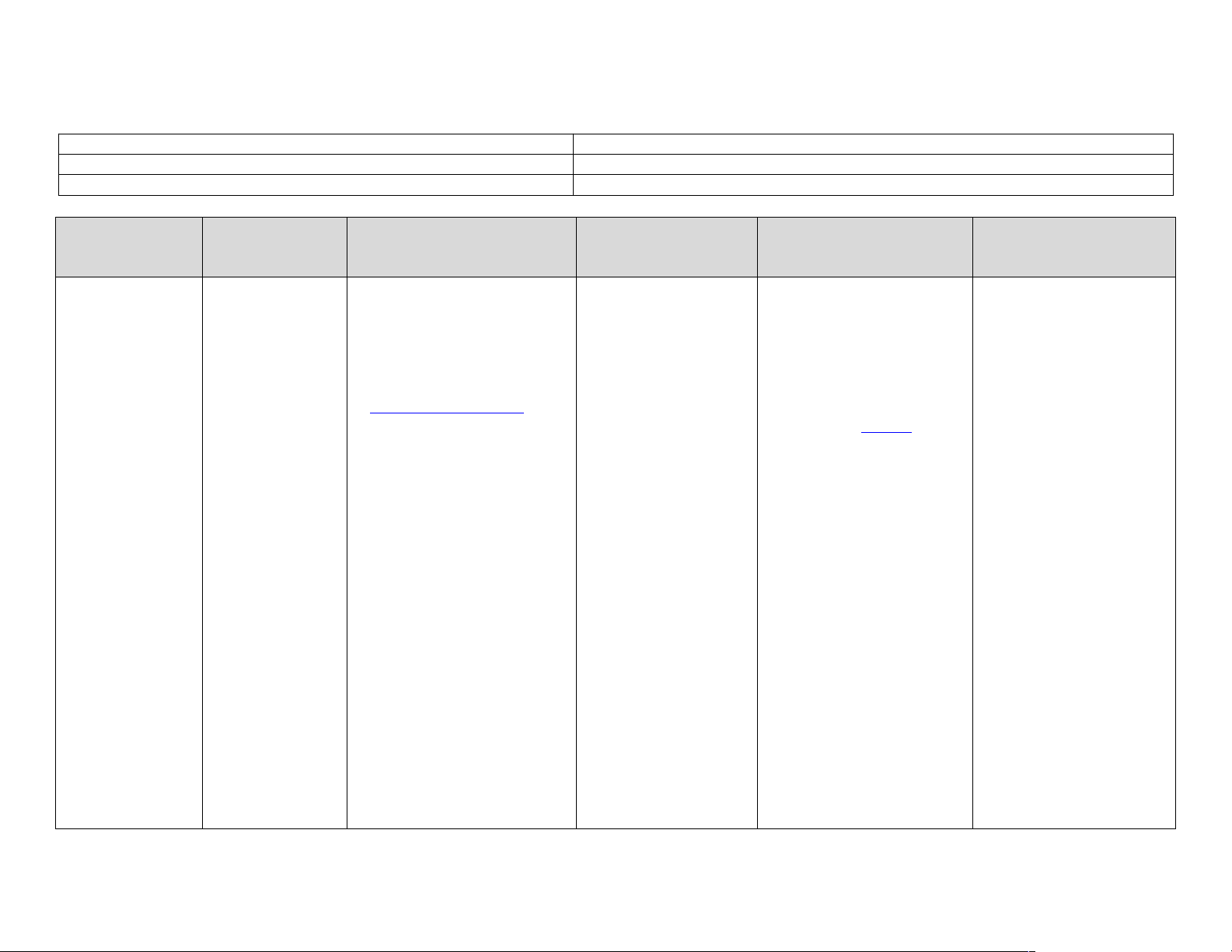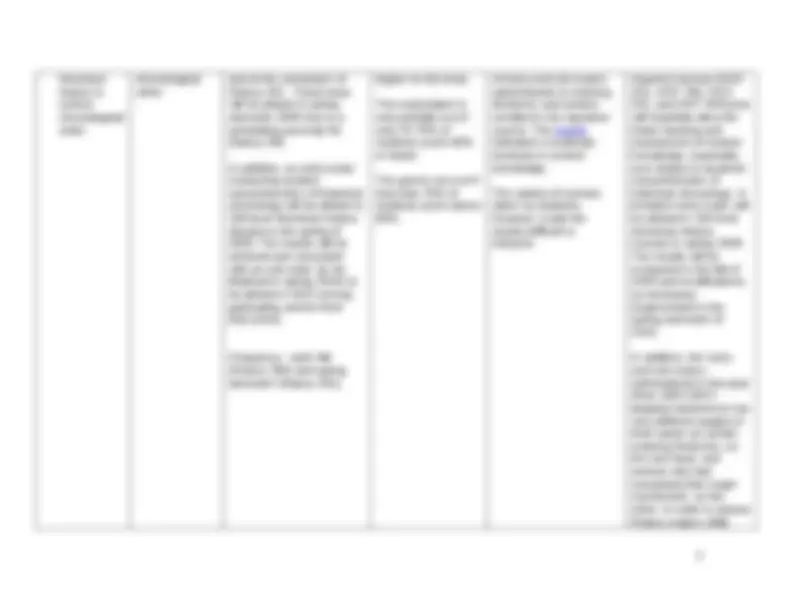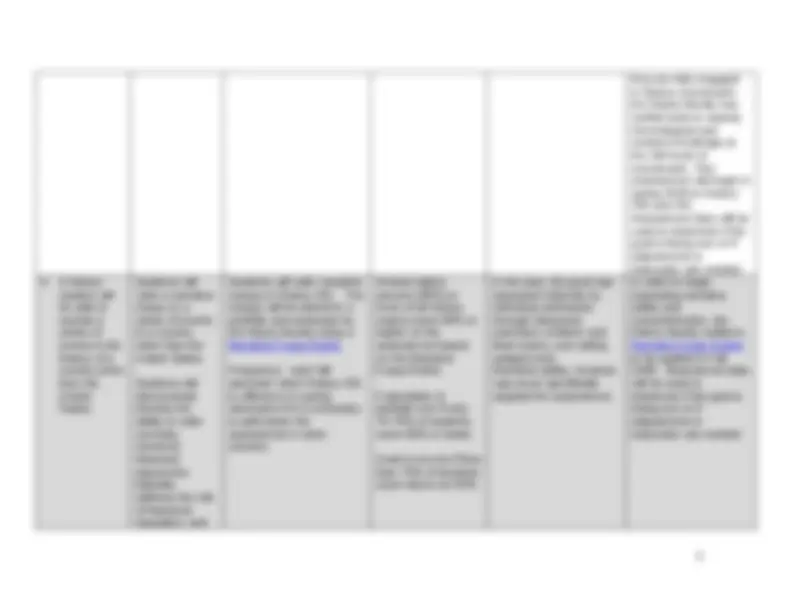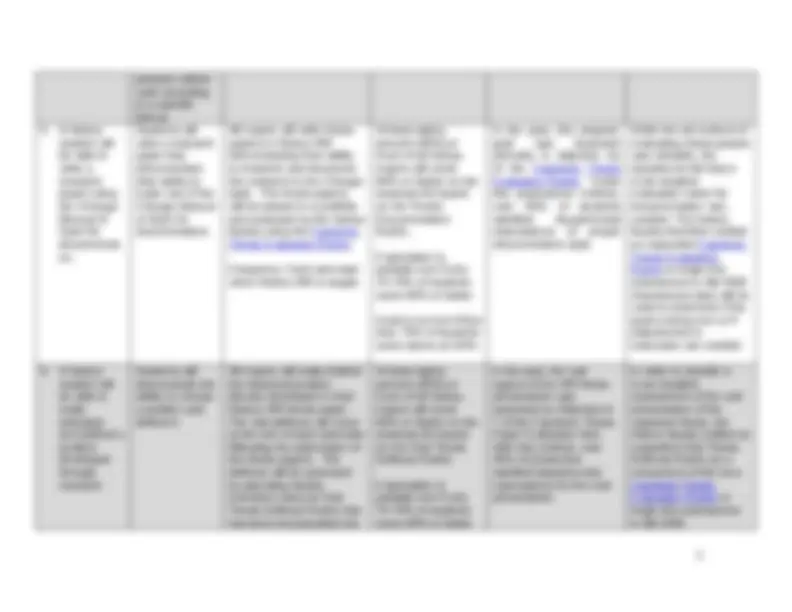





Study with the several resources on Docsity

Earn points by helping other students or get them with a premium plan


Prepare for your exams
Study with the several resources on Docsity

Earn points to download
Earn points by helping other students or get them with a premium plan
Community
Ask the community for help and clear up your study doubts
Discover the best universities in your country according to Docsity users
Free resources
Download our free guides on studying techniques, anxiety management strategies, and thesis advice from Docsity tutors
The assessment methods and learning outcomes for the history program at a university. It includes details on the evaluation of secondary and primary sources, historical chronology, narrative ability, and research skills. The document also mentions the use of rubrics for assessment and the frequency of assessments.
Typology: Exams
1 / 6

This page cannot be seen from the preview
Don't miss anything!




Academic Program Name: History Academic Program Assessment Coordinator: William L. Ramsey Submission Date of This Report: August 17, 2008 Program Goal Student Learning Outcome Assessment Instruments and Frequency of Assessment Expected Outcome Summary of Data Collected Review of Results and Actions Taken
As a positive indicator, however, 93% of History 201 students earned a grade of 80% or higher (B or higher) on the book review assignment in the fall of 2007. No data was collected in Spring 2008 because History 201 is offered in fall semesters only.
they are fully engaged in history coursework, the history faculty has crafted tests to assess chronological and content knowledge at the 300 level of coursework. This assessment will begin in spring 2009 in History 390 and 391. Assessment data will be used to determine if the goal is being met or if adjustments in instruction are needed.
produce written work according to a specific format.